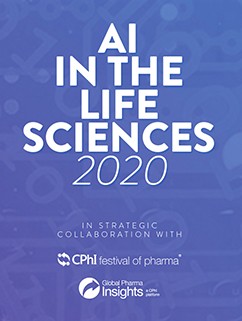
PUBLICATION
AI in the Life Sciences 2020
When MIT mathematician Jim Simmons founded Renaissance Technologies in 1988, it was unfathomable that computers driven by algorithms might outperform top Wall Street fund managers. Today, after a more than thirty year average return of 66% per annum, the Renaissance model of applying machine learning techniques to invest in a manner that is automated, dispassionate and performed with minimal human intervention is widely accepted. Quantitative finance, as it is dubbed, has profoundly reshaped the financial industry.
In the past, pharma has expressed a similar skepticism around the adoption of artificial intelligence and machine learning to perform tasks such as molecular design, discovery and clinical trials. After all, lives are at stake and Mark Zuckerberg’s idea that success requires startups to “move fast and break things” is the antithesis of the industry’s guiding principle to “do no harm.” Despite this reluctance, there has been an explosion of promising startups created over the last five years that merge the field of computer science with computational biology, chemistry and biophysics. These companies are seeking to disrupt the current paradigm wherein new drugs fail to reach the market over 90-95% of the time, cost an average of US$2.6 billion to develop, with typical development timelines of 10-15 years.













